Age of Jackson
Going to School
From 1830 to 1860, there were few free public schools in Tennessee. Even students who went to schools that received state funds were expected to pay a modest fee.
This limited the opportunities of children whose parents could not afford to pay to send them to school. Also, the vast majority of schools were for white children only.
This limited the opportunities of children whose parents could not afford to pay to send them to school. Also, the vast majority of schools were for white children only.
Most white children who were not wealthy went to school for only a few months a year. Many schools were poorly constructed log cabins where students had to sit on hard wooden benches. The school calendars in rural communities were made according to the growing seasons for local crops.
Even so, it was common for parents to keep children out of school when they needed their labor on the farm. If they were fortunate, these children learned some basic reading, writing, and math skills.
Even so, it was common for parents to keep children out of school when they needed their labor on the farm. If they were fortunate, these children learned some basic reading, writing, and math skills.
Elizabeth Avery Meriwether was born in Bolivar, Tennessee, and her family later moved to Memphis. Although she loved to read, she did not enjoy math. One day in school during the year 1836, she wrote a poem about this when she was supposed to be working on math problems. Part of the poem read: “…Arithmetic, I do detest the word. From sum to sum they hurry me...”
Boys and girls from wealthy white families could attend expensive academy schools located in towns throughout the state. Some well-to-do families such as Henry and Septemia Rutledge in Franklin County sent their sons to a private school in Baltimore while their daughters attended Nashville Female Academy in Nashville. (Septemia Rutledge also insisted her children only speak French on Fridays.)
These private schools were typically open from September through June each year. They featured well-educated teachers. The academies taught students subjects like literature, Greek, Latin, and French. Schools for girls also taught them domestic skills like fancy needlework and music.
One of the academies for girls was the Columbia Female Institute located in Columbia, Tennessee. The 1858 course catalog explained the school designed to assist in “the formation of the general character of the young, confided to its care upon the basis of the pure principles of truth, virtue and religion.” Students were expected to learn not only academics but also good morals.
Although there were very good schools in Tennessee during this time, only a few children had access to them. The quality of education each child received depended greatly on her or his parents’ ability to pay for their schooling.
Picture Credits:
- Drawing of Columbia Female Institute. Several girls can be seen walking the in front of a school building in Columbia, Tennessee. Tennessee State Library and Archives
- Drawing of Clarksville Female Academy. Several girls are shown walking in front of a school building in Clarksville, Tennessee. Tennessee State Library and Archives
- Photograph of Nashville Female Academy students. This photo was taken in Nashville and shows the female students posed in front of a building. A man, possibly a teacher at the school, is shown in the center of the last row. Tennessee State Library and Archives
- Photograph of Mrs. Wright, a music teacher from Memphis, Tennessee. Tennessee State Library and Archives
- Drawing of Nashville Female Academy. It shows a horse and carriage along with several people standing near the entrance walls surrounding of the school building. Tennessee State Library and Archives
- Photograph of Amos Wesley Jones, president of Memphis Conference Female Institute in Jackson, Tennessee. This photo was taken in 1853. Lambuth University
- Photograph of John W. Baugh of Franklin, Tennessee. This photo shows Baugh somewhere between the ages of 12 and 18, when he was old enough to attend school. Tennessee State Museum Collection, 2006.37.1.4
- Drawing entitled, “Young Tennesseans.” It shows a young boy and a small child sitting on a fence. This drawing was published in 1875 in the work, The Great South; A Record of Journeys in Louisiana, Texas, the Indian Territory, Missouri, Arkansas, Mississippi, Alabama, Georgia, Florida, South Carolina, North Carolina, Kentucky, Tennessee, Virginia, West Virginia, and Maryland by Edward King and James Wells Champney. University of North Carolina
- Drawing entitled, “Heronymus’s Charge.” It shows a young boy holding a small infant while his mother is preparing to leave. This drawing was originally published in 1883 in the work, Dialect Tales, by Sherwood Bonner. University of North Carolina
Age of Jackson >> Tennessee's People >> How They Lived >> Going to School
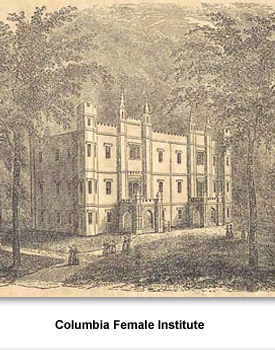
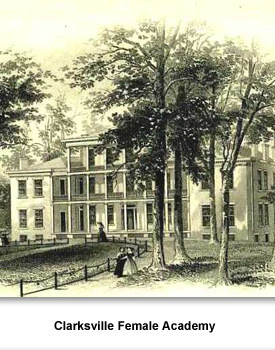
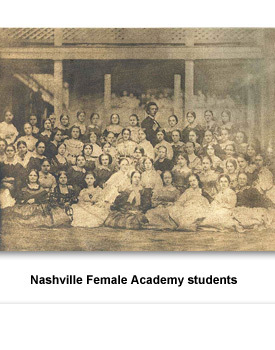
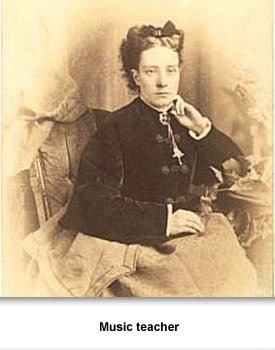
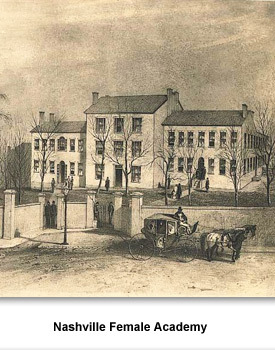
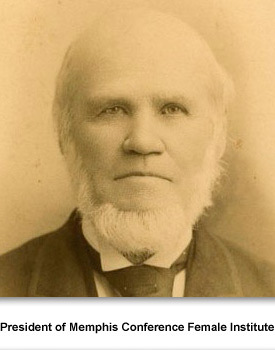
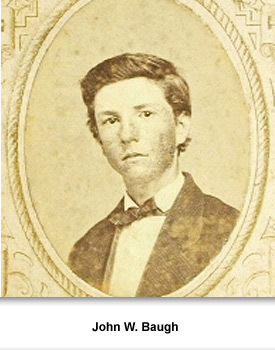
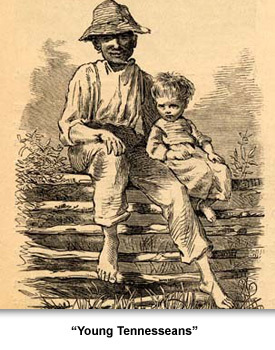
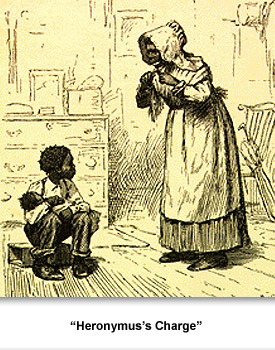
 Sponsored by: National Endowment for the Humanities
Sponsored by: National Endowment for the Humanities